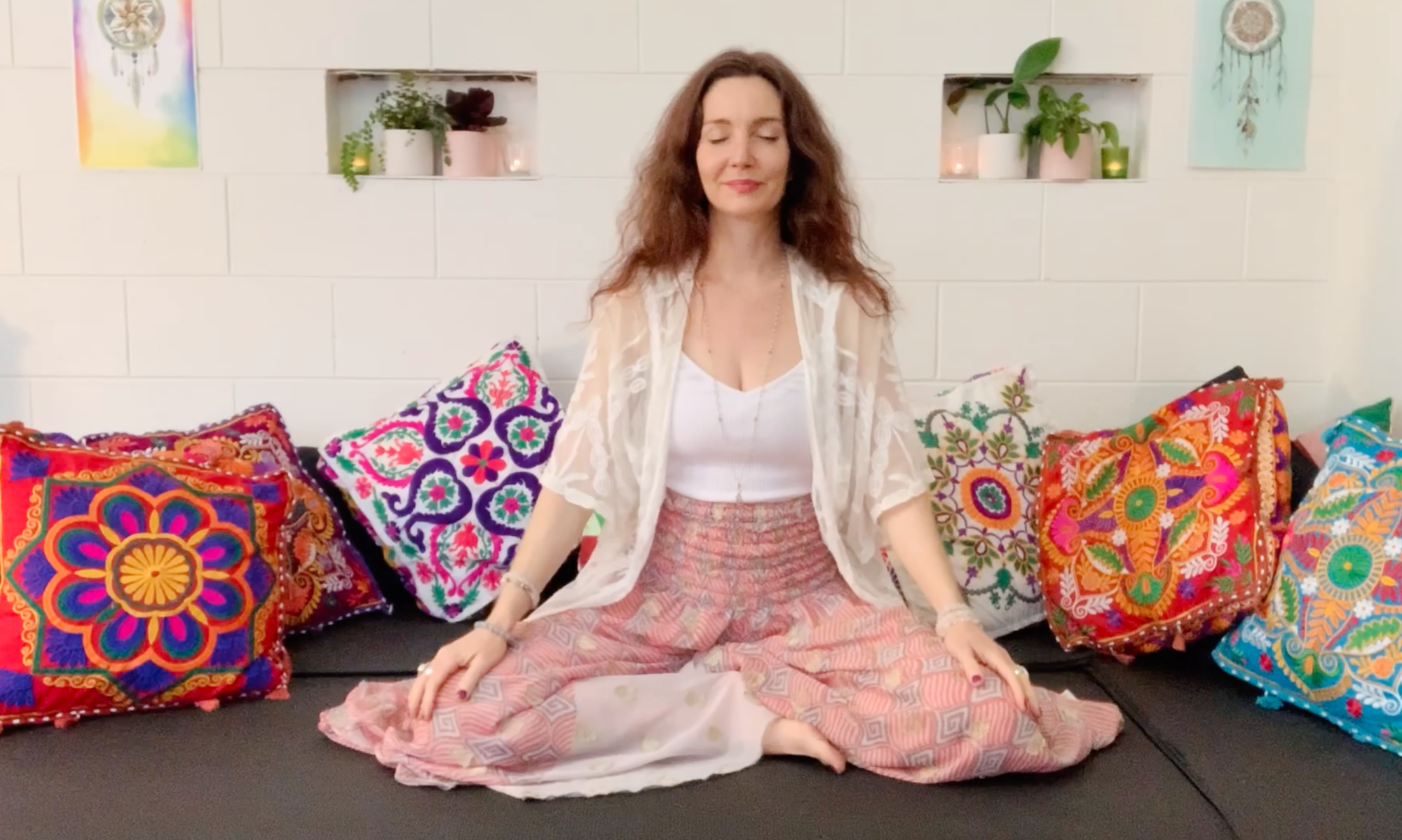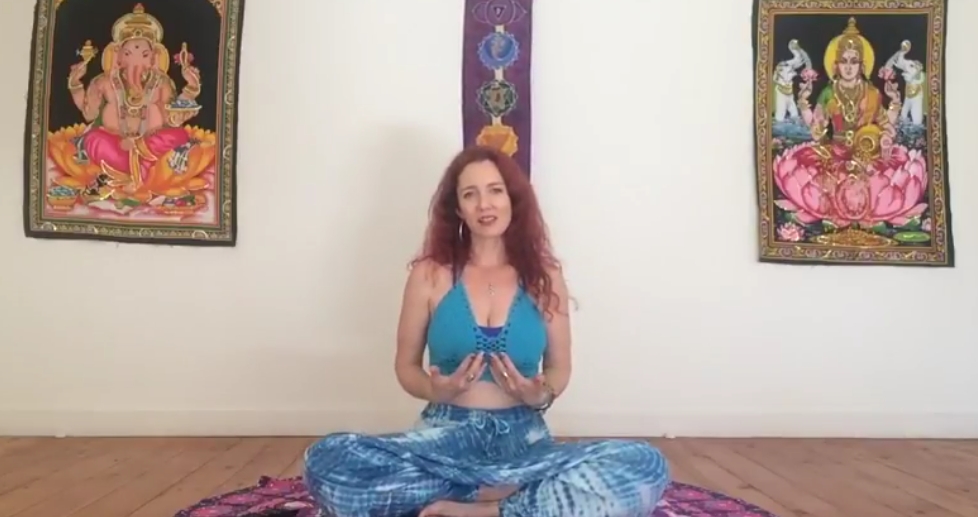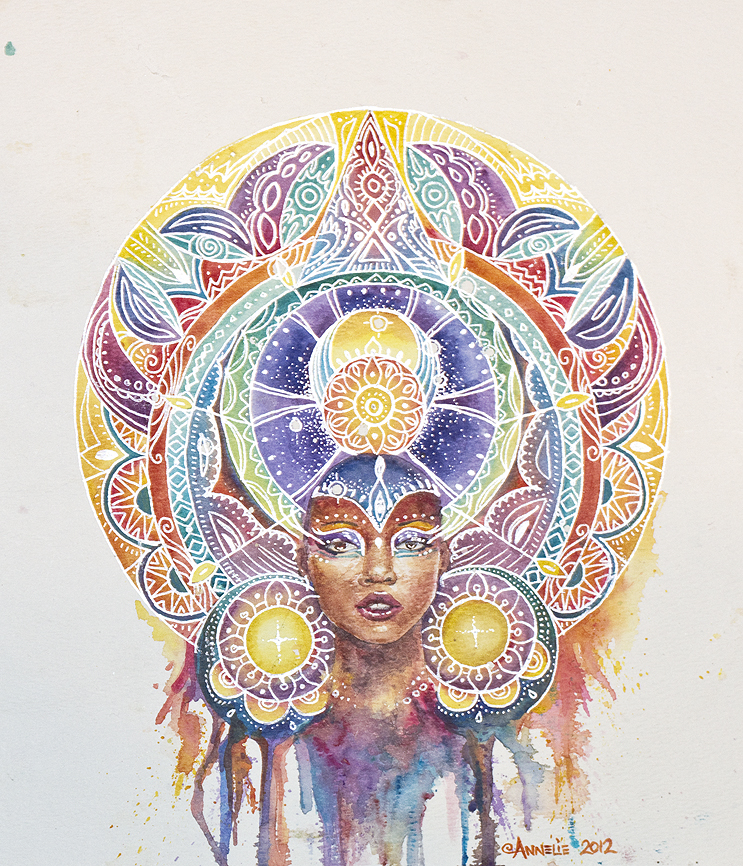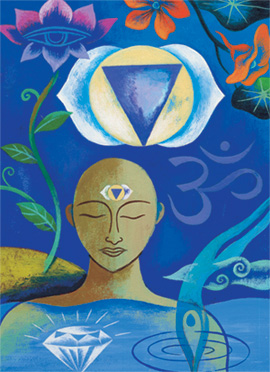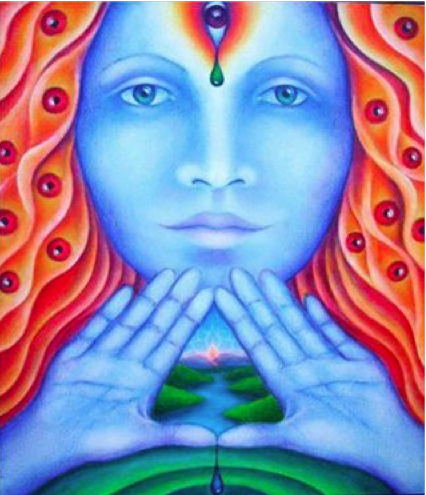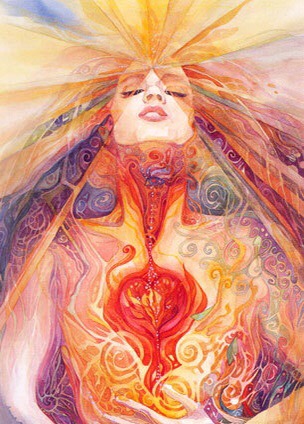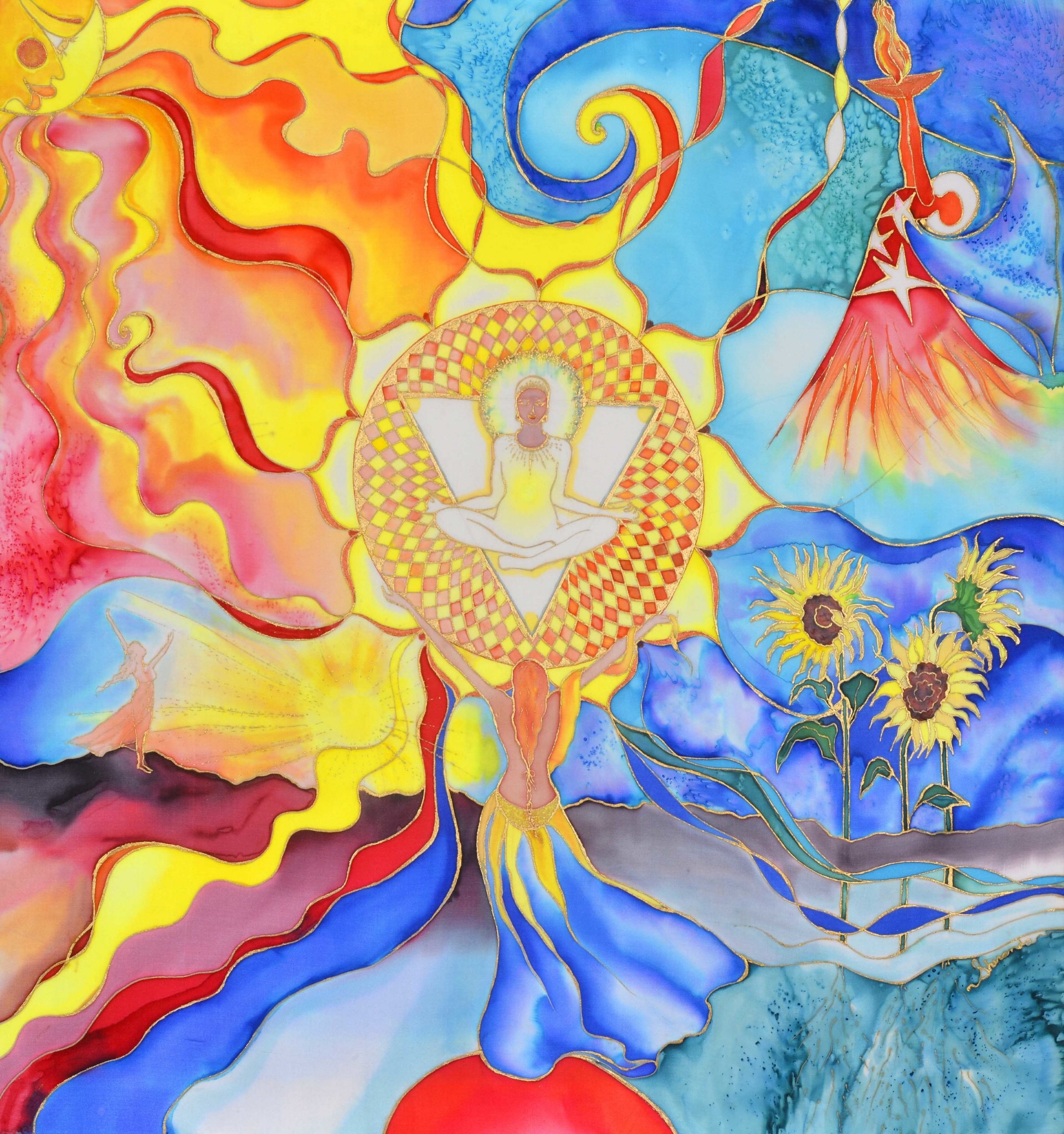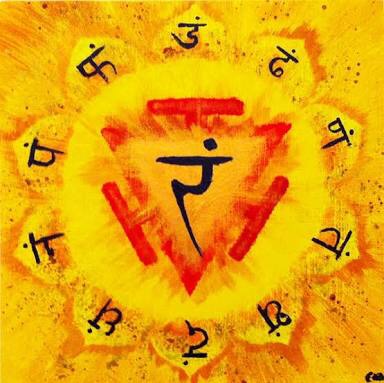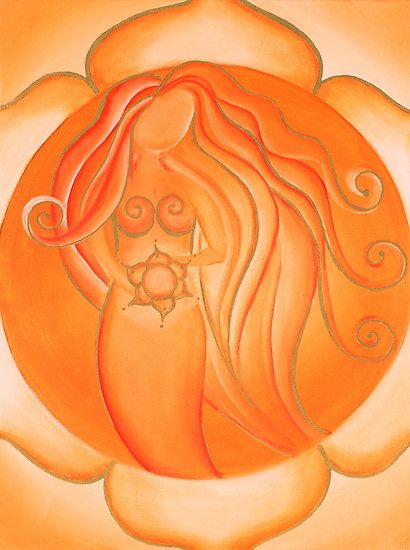
Have you ever walked away from a conversation where you felt you just weren’t heard?
Whether you were silent or you tried to speak but your words just came our wrong, there is something so disempowering about not being heard. Often it brings back painful memories of childhood when we were told our voice was not welcome, too silly, too loud, too childish.
Many of us carry years of these kinds of interactions in our memory bank, in our body memory, and much of this is energetically stored at the Throat Chakra.

The Throat Chakra is the centre of communication. From a conversation at the grocery store to saying “I do” at the altar, every conversation you have adds or depletes energy at this point in your body.
But communication is a relationship. It involves listening as much as speaking. The Throat Chakra also rules the ears. When you hold back from saying what you want or stop listening, your Throat Chakra can become blocked.
This may manifest in the form of a physical irritation, dry throat, blocked ears, aversion to wearing things around your neck, or it may come out in your dreams. It will definitely affect your ability to communicate.
Our words, and the intention behind them, hold vibrations and therefore impact our entire being. When we complain, gossip, lie, or talk negatively, it is as though we are putting toxins into our bodies and into our energy systems. The negative energy of our words also affects other people.

After I danced the Heart Chakradance this week a heaviness had settled on my heart. I knew it was the energetic residue of this recent interaction that had left me so thwarted in my expression.
I put the Throat Chakradance Journeying music on and entered the mantradance – this is a practice of chanting a mantra whilst dancing, the movement and the sound creating a wonderfully hypnotic experience, where we can slide into a deep meditative state.
Sound and movement are natural partners. Unfortunately many of us feel inhibited to make sounds, let alone to move at the same time.
It was such sweet release. Just that pure self expression, that freedom to express sound without restraint.
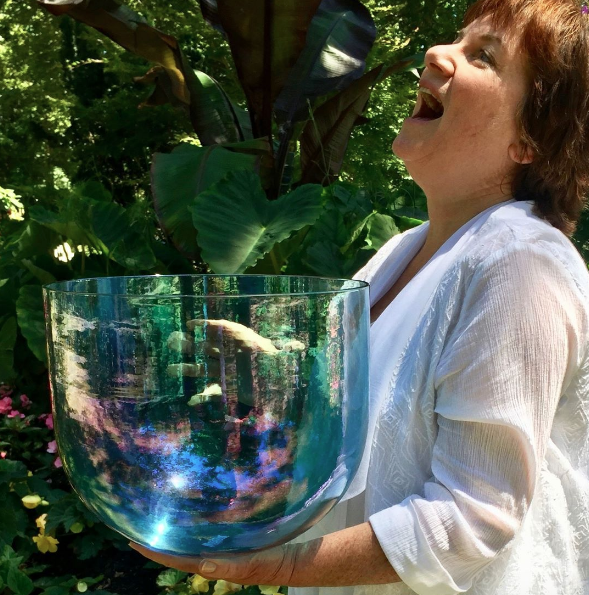
Chakradance Journeying will take you deep into your Throat Chakra the seat of your creativity, to give you the opportunity to work with any ‘stuckness’ that you may feel in the throat area.
This stuckness can be about a life situation in the present or the past. It can relate to something ancestral or global.
Allowing your body to move the sounds through space as freely as you wish helps you get in touch with a time when your voice was strong and visible, and movement flowed freely. Let this dance become a vehicle for the creative expression of your true essence.

The dance will help you tune into the power of vibrations. When you become more aware of the world on a vibrational level, you open up to communication on a different level – you ‘tune into’ the vibes. You can feel when something, someone, or a place ‘resonates’ with you.
We begin the Throat Chakradance with gentle neck movements (moving neck slowly from side to side) and begin to sense how we feel in the Throat Chakra. The dance is based on a mantradance. Each chakra has a mantra which when chanted acts as a doorway into the chakra.
The mantra for the Throat Chakra is “ham” (pronounced hum). We will begin with a few minutes of purely focusing on sounding the mantra – inhale through your nose and exhale with the mantra sound of “ham”.
And then we will move into the mantradance, where we weave together sound (ham) and movement. This is a practice inspired by Tibetan culture, where monks carry out mystical rituals combining chanting with delicate movements of the body.
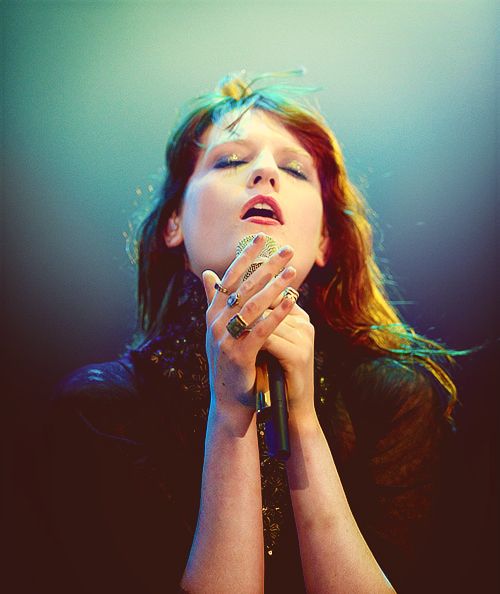
This dance will begin to activate inner experiences – it is almost like entering into a waking dream. You may see images in your mind’s eye while you are dancing, or recall memories or gain insights. You may experience feelings, emotions or physical sensations.
It’s an organic unfoldment of what’s inside this chakra. In Chakradance we ask you to be mindful of your experiences, to observe them, witness them, be present to your own experience. This is the way we shift our energy.
Join me for Throat Chakra week at Raw Mojo Chakradance.
Hari om tat sat. Namaste. Blessings!
ॐ
Upcoming events at Raw Mojo Chakradance here
